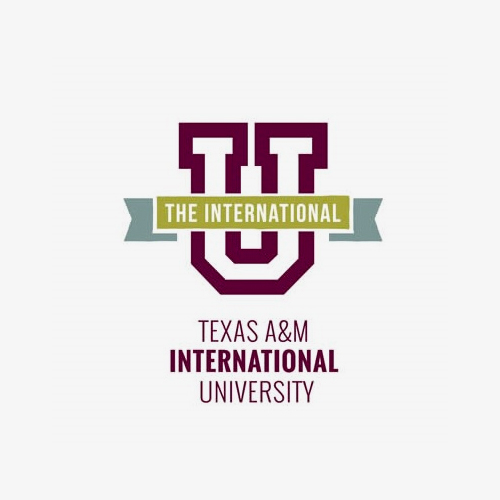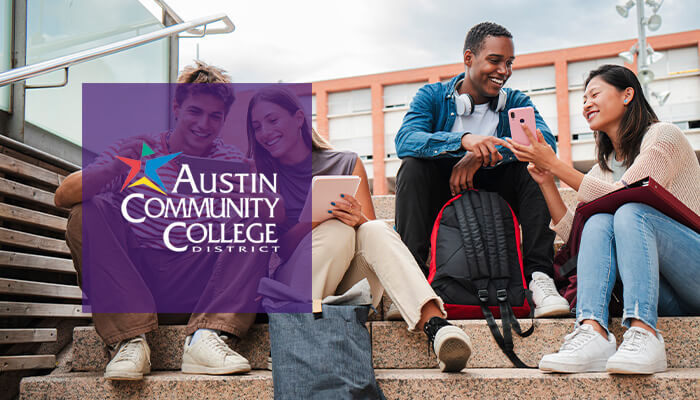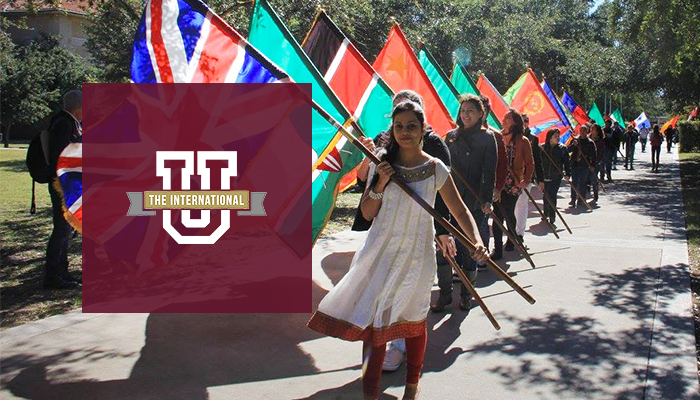
TAMIU Sees Retention & Graduation Gains with Easy Course Scheduling
Share this Post
Now more than ever, it’s important for student success staff to connect with their students on a personal level and provide individualized support calibrated to the needs of each student. The right technology solution enables staff to move from transactional to transformational support. By creating efficiencies that allow them to focus less on tasks and processes, student success professionals have more time to get to know the student in front of them.
Juan Gilberto Garcia, Jr., Vice President of Enrollment Management at Texas A&M International University (TAMIU), believes we can only offer the kind of support students need when staff has time to build relationships with them. Garcia recognizes technology as a powerful tool to reduce time spent on the transactional aspects of advising and increase time focusing on students.
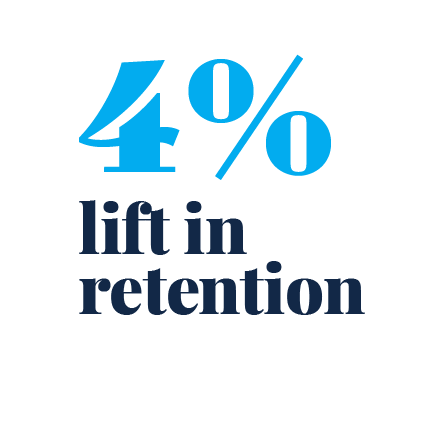
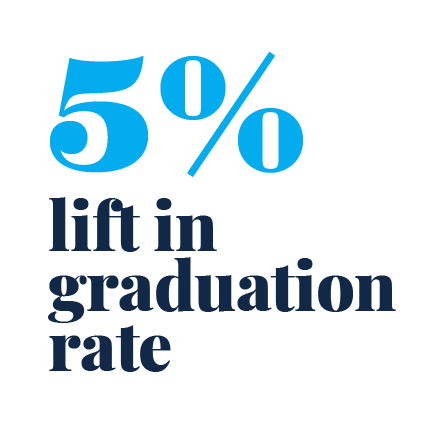
Through an innovative early registration program for first-year students and the strategic use of the Civitas Learning conflict-free scheduling capabilities, TAMIU experienced a 4% lift in retention from fall 2019 to fall 2020. And a 5% lift in four-year graduation rates for the Class of 2017—the first class whose entire TAMIU experience incorporated these approaches. In just one year, TAMIU realized gains typically expected within ten years.
Early Registration Events Start First-Year Students Off Right
TAMIU’s first-year class has a unique profile that influences how the university recruits and onboards new students. Approximately 80% of incoming first-year students come from regional high schools within a 90-mile radius of the university. This proximity allows TAMIU recruiters to visit regularly and cultivate more direct relationships with prospective students.
TAMIU’s recruitment and admission strategy support students who benefit greatly from the personal attention they receive to navigate the admission process. Fully 60% of TAMIU’s freshman class are first-generation college students. The one-on-one relationship between recruiters and students makes the sometimes confusing admission process more accessible and student-friendly.
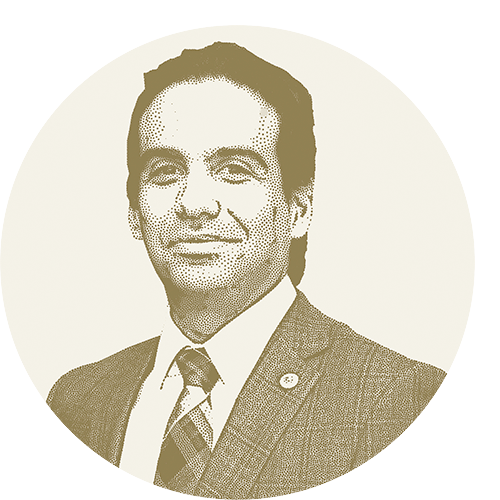
“There are 10-year strategic plans developed to improve student success measures, and we did it in just one year.”
— Juan Gilberto Garcia, Jr.,
Vice President of Enrollment Management
Texas A&M International University
To continue the personal touch of the recruitment and admission process, TAMIU organizes a pre-orientation event at each local and regional high school in April and May. This cross-campus collaboration includes as many as 30 TAMIU staff and faculty representing many campus departments (Recruiting and Admissions, Advising, Financial Aid, the Office of International Engagement, and the Health Office, to name just a few) who set up booths and tables at the high schools to begin the new student onboarding process.
The event focuses on registering incoming freshmen who have not yet graduated from high school for their first semester of college classes. During each meeting, TAMIU advisors use the Civitas Learning scheduling tool to show the most optimal course schedules given the student’s major, course sequencing requirements, and outside commitments such as work, commuting, and other activities.
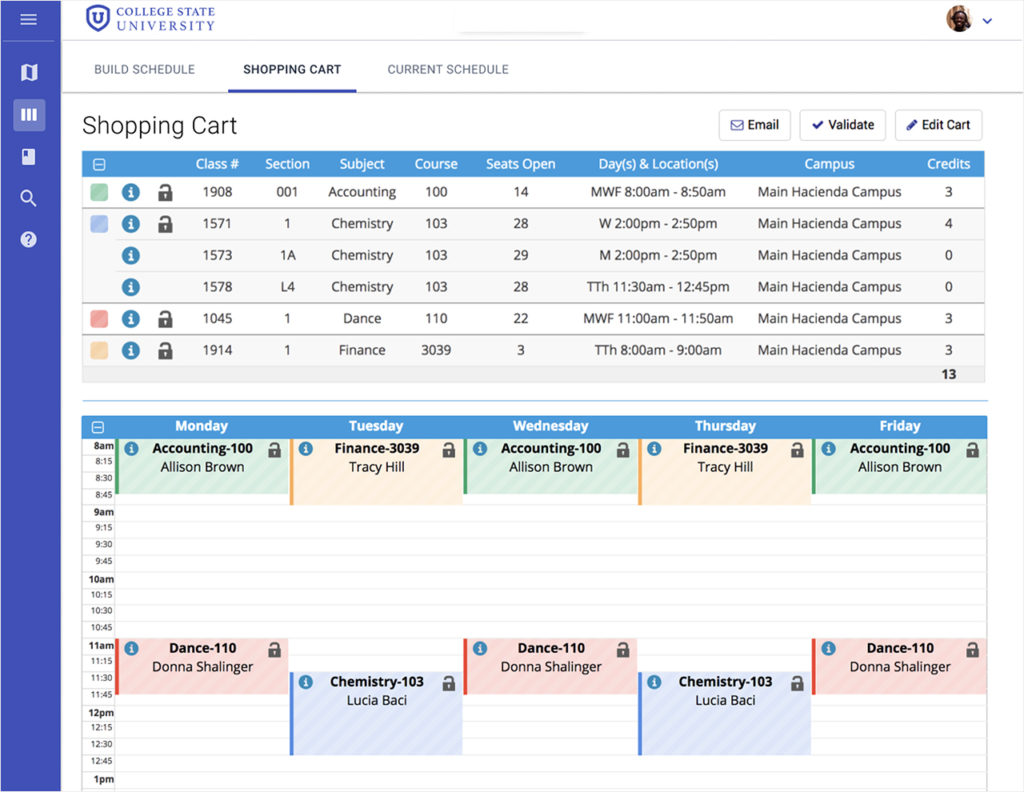
Because the Civitas Learning scheduling tool (branded TAMIU SchEDUler by the university) is so effective at highlighting the best course schedule based on a student’s specific parameters, the advisor and student have time to get to know each other and begin to build that trusted relationship that is so important to student success. After their advising session, students move on to take care of additional enrollment details and learn about other aspects of the TAMIU experience.
Garcia admits that, before using the Civitas Learning scheduling capabilities, TAMIU considered suspending this innovative approach to registration due to a lack of human capital to devote to the events. While these on-site registration events are labor-intensive, their importance to students and TAMIU can’t be overstated.
For students, the event extends the personalized attention they received during the recruitment process and allows them to take an important step toward college matriculation from the comfort of their own high school campus.
For TAMIU, this signature event provides critical information to the recruiting and admissions team to help finalize the incoming freshman class. It also helps stem summer melt by providing students with an early view of their first semester classes and connecting them to the TAMIU staff, who will help them finalize the admission process.
Proactive Advising and Conflict-Free Scheduling Boost Student Outcomes
At the heart of TAMIU’s personalized approach to onboarding first-year students is recognizing that human connection is the most important support an institution can provide students. Software can’t understand and empathize with a student’s challenges, and it can’t strategize with a student to overcome those challenges. But it can reduce the time an advisor must spend on the transactional elements of advising so they have more time and energy to be present, empathize, and support a student who might be struggling.
TAMIU has yielded impressive gains in student outcomes by putting human connection at the center of advising with the support of technology that makes transactional tasks more efficient. The first graduating class to have access to conflict-free scheduling and student-centered advising throughout their four years on campus retained at four percentage points higher than the class before it and saw a 5 percentage point increase in four-year graduation rates.
“It’s huge,” Garcia states. “There are 10-year strategic plans developed to improve some of these success measures, and we could do it in just one year.” This kind of impact speaks to the power of enabling staff with technology that helps them do their jobs more efficiently and encourages them to always keep the student at the center of their work.
Increased Persistence with Streamlined Planning & Registration
The Right People, Systems, and Processes Working Together Reduce Barriers to Success
According to Garcia, people, systems, and processes must work together to reduce barriers to student success. He recommends that institutions shift their thinking when considering why their students fail to achieve their educational goals.
“We tend to study why students fail,” Garcia says. “But we fail to study the ways that we fail the students. If we don’t have the right people, systems, and processes in place, if we’re creating obstacles and bureaucracy in what we do every day, then we’re failing our students.”
Students benefit when institutions find solutions that make processes more student-focused and less transactional. And student success and achievement follow.
